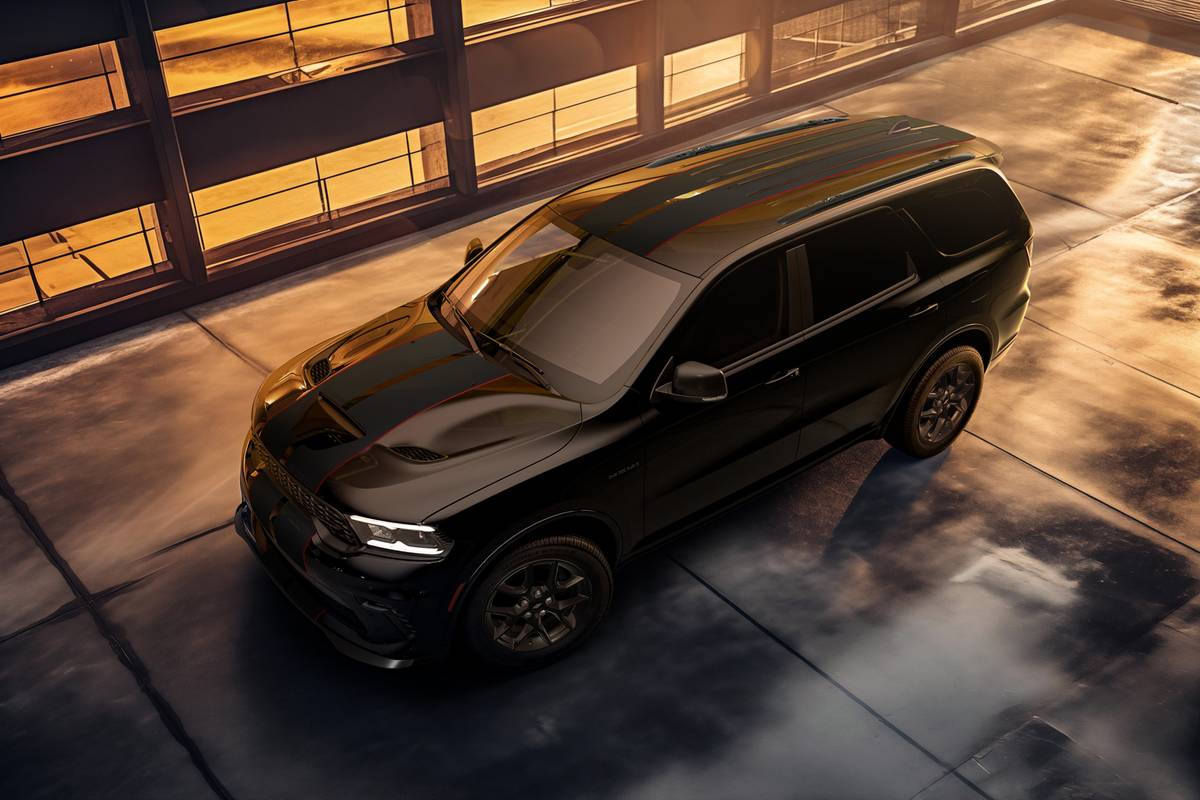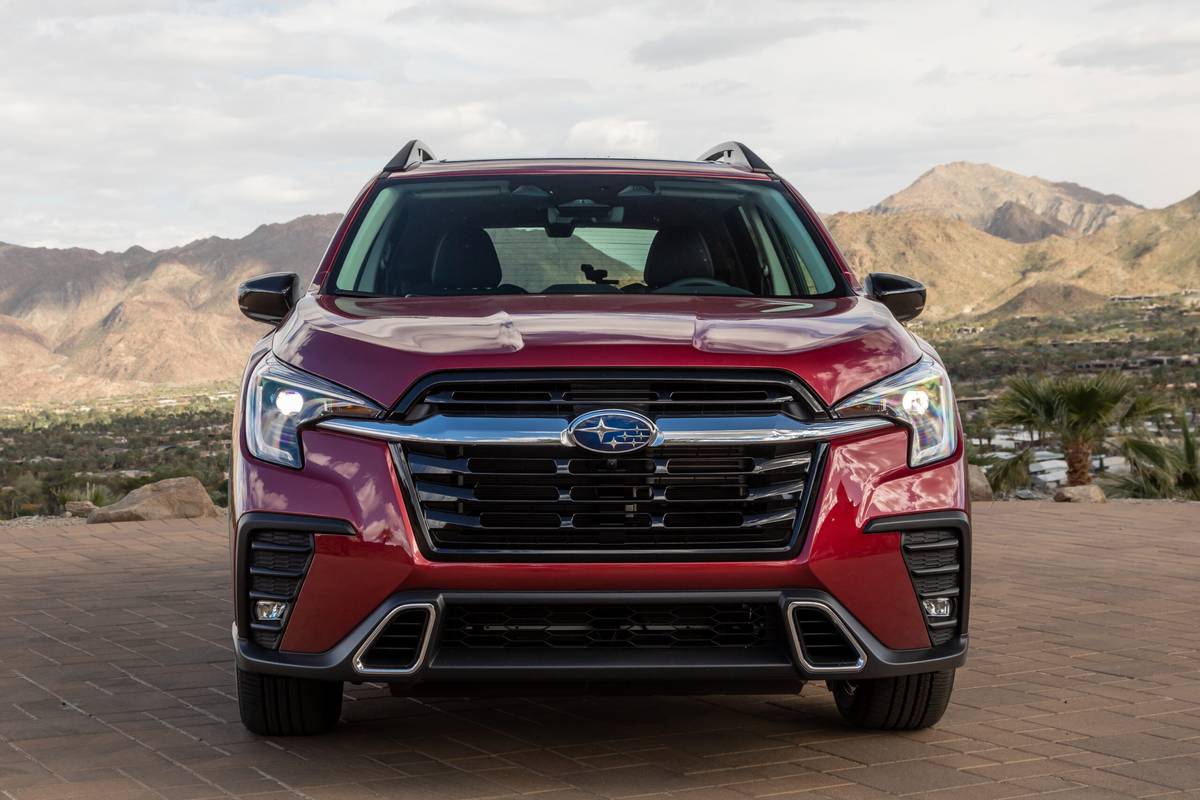Orlando Sentinel's view
Whoever called the Saab 900 S Turbo convertible ”a real Swede-heart” hit the nail on the head.
Though convertibles probably don’t come to mind when someone mentions Saab, the 900 S Turbo is -in most respects – one of the nicest mid-priced ragtops available.
With the exception of the two-seat Buick Reatta and Chrysler’s TC by Maserati, there isn’t much in the four-passenger Saab’s price range. And what there is probably can’t match the Swedish-built Saab’s masterful blend of quality, luxury, performance, styling and handling.
ENGINE, TRANSMISSION, PERFORMANCE
Under the hood, a2.0-liter engine sports 16 valves, dual overhead camshafts and develops 160 horsepower. This smooth, powerful four-cylinder – a derivative of an engine design first built by Triumph for Saab – is connected to the front wheels – but you’d never know judging by the way the Saab drives. There’s no torque steer, even under heavy acceleration.
Unlike most of today’s 16-valve engines, the Saab has a fairly low red line, 5,500 rpm. Like most of today’s 16-valve engines, however, the Saab is a little flat until it reaches about 1,700 rpm. The engine’s power band is in the 2,500 to 5,500 range. Thanks to widely spaced gear ratios, you can attain the national speed limit in second gear. Zero to 60 mph is an 8.7-second trip.
The test car featured a five-speed manual gearbox. A three-speed automatic transmission is available as a $580 option. I did not like the manual transmission’s shifter, which felt about as wieldy as a broomstick. The mechanism was not smooth and felt extremely bulky, more suited to a truck than a luxury/performance car.
The test car averaged 26.8 miles per gallon in city/highway driving with the air conditioning running at full blast. The EPA rates the 900 S Turbo convertible at 21 miles per gallon in city driving and 28 on the highway.
STEERING, HANDLING, BRAKING
The Saab 900 – though not in convertible form – has been around for better than a decade. A car that old has to have many good points to last that long on the market. From the moment you sit behind the steering wheel and ease the car into motion, you realize the Saab’s most endearing quality is the sheer gracefulness of its suspension and handling. If the 900 came out tomorrow, it would still be ranked among the best.
The Saab 900 has exquisite road manners. There is not a trace of sloppiness to be found. The 900 cruises through the tightest of curves without any body roll. The 900 disposes of most bumps effortlessly. On rough roads, there is a bit of vibration detectable around the windshield area. This is known as cowl shake and it is common in convertibles.
Perhaps the most disappointing thing about the car is the four-wheel anti-lock disc brakes. They work fine, but the pedal in the test car was absolutely lifeless. It took an unacceptable amount of pressure to achieve the amount of braking power tha t made the car slow down with any amount of urgency.
FIT, FINISH, CONTROLS
Of the many convertible tops I’ve seen over the years, the Saab’s black canvas one is the best. Sturdy, impeccably assembled and neatly installed, the Saab’s convertible top has set the standard. And that’s unexpected because Saab makes only one convertible and doesn’t have a long history of making ragtops.
I admit I am, perhaps, a bit too picky when it comes to convertible tops. But that’s because if they are not designed and installed right, wind and water leaks can not only ruin the driving experience but cause much grief and aggravation. Not only did the Saab’s fit like a glove, but it was fairly easy to raise and lower. Because it lowers completely into its stowage compartment behind the rear seats, you can leave off the rear cover for quick top down trips around town.
The seats were covered with thick, rich brown leather. They were comfortable and featured numerous ad ustments, but the car’s seat heaters are next to worthless in Florida. I was pleasantly surprised a t the amount of headroom and legroom available for rear-seat passengers. The 900 is one of the few convertibles where adults are welcome in the rear.
There is a part of the interior that really shows the car’s age, and that’s the dash. To say it is busy would be an understatement. As the car has evolved and become more technically complex over the years, more and more controls have been integrated into the dash.
Every millimeter has some button, knob or control. And what’s worse is that they are not lighted. At night it is extremely bothersome switching radio stations or adjusting the air temperature.
Some of the switches, like the power mirror adjustments, can be combined into one switch to free up some space. Unlike every other car sold today, the Saab has the ignition switch on the transmission tunnel. The driver must put the car in reverse to remove the key. This, too, is bothersome. Perhaps the most important change Saab could make for the 1991 model year is to allow the driver to deactivate the alarm system. I never could figure out how to avoid setting it off.
Latest news



